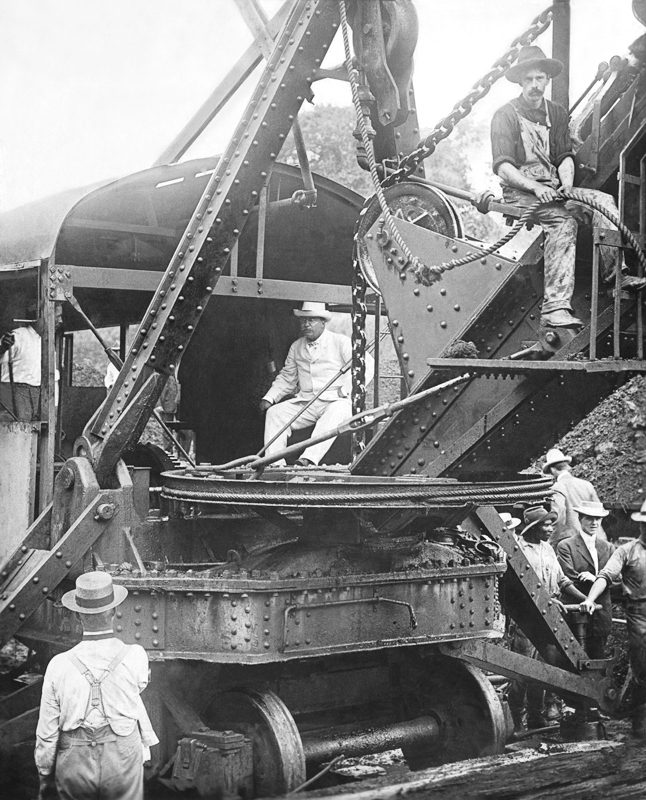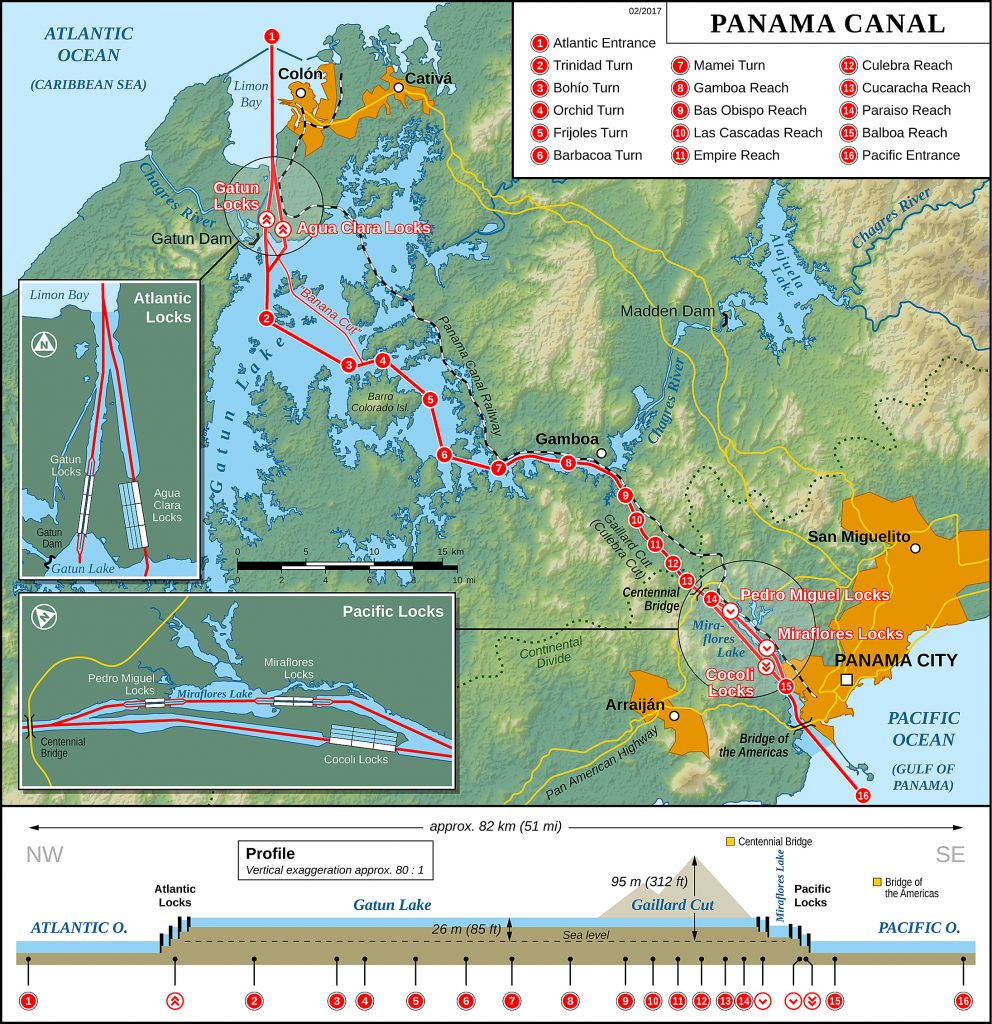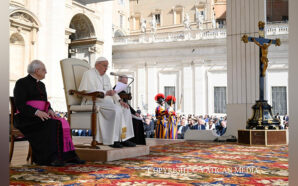As 171 pilgrims from the Diocese of Parramatta join thousands of other pilgrims from across the world for World Youth Day 2019 in Panama, Catholic Outlook will publish a series of features on the small Central American country.
The Panama Canal
The Panama Canal is an artificial 82 kilometre waterway in Panama that connects the Atlantic Ocean with the Pacific Ocean. The canal, which cuts across the Isthmus of Panama, uses locks at each end to lift ships up to Gatun Lake, an artificial lake which is 26m above sea level, and then lower the ships at the other end. It takes 10 hours to pass through the Panama Canal. In 2018, 13,795 vessels carrying 255 million tonnes of goods passed through the Panama Canal.
One of the largest and most difficult engineering projects undertaken, the Panama Canal shortcut greatly reduced the time for ships to travel between the Atlantic and Pacific Oceans, enabling them to avoid the lengthy and hazardous Cape Horn route around the southernmost tip of South America.
The American Society of Civil Engineers has ranked the Panama Canal as one of the seven wonders of the modern world.
France began work on the canal in 1881. The project was inspired by the diplomat Ferdinand de Lesseps, who was able to raise considerable funds in France as a result of the profits from his construction of the Suez Canal in Egypt. Work on the canal went bankrupt in 1889 and stopped due to engineering problems and a high worker mortality rate.
Following the separation of Panama from Colombia in November 1903, the United States signed a treaty with the new nation which granted rights to the US to build and indefinitely administer the Panama Canal Zone and its defences.
On May 4, 1904, the United States formally took control of the canal property. In 1905, a United States engineering panel was commissioned to review the canal design, which had not been finalised. The panel recommended to United States President Theodore Roosevelt a sea-level canal. But in 1906, chief engineer of the Panama Canal Project John Frank Stevens, who had seen the Chagres river in full flood, argued in favour of a canal using a lock system to raise and lower ships from a large reservoir above sea level.

US President Theodore Roosevelt sitting on a steam shovel at the Panama Canal in November 1906. Image: The New York Times archive/Wikimedia Commons.
This would create the both the largest dam (Gatun Dam) and the largest man-make lake (Gatun Lake) in the world at the time. The water to refill the locks would be taken from Gatun Lake by opening and closing enormous gates and valves and letting gravity propel the water from the lake.
On October 10, 1913, United States President Woodrow Wilson sent a signal from the White House by telegraph which triggered the explosion that destroyed the Gamboa Dike. This flooded the Culebra Cut, thereby joining the Atlantic and Pacific Oceans via the Panama Canal.
The Alexandre La Valley, a floating crane, was the first self-propelled vessel to transit the canal from ocean to ocean. This vessel crossed the canal from the Atlantic in stages during construction, finally reaching the Pacific on January 7, 1914. The canal was formerly opened on August 15, 1914 with the passage of the cargo ship SS Ancon.
On September 7, 1974, a treaty between United States President Jimmy Carter and the de facto leader of Panama Omar Torrijos was signed. This mobilised the process of granting the Panamanians free control of the canal so long as Panama signed a treaty guaranteeing the permanent neutrality of the canal. The treaty led to full Panamanian control effective at noon on December 31, 1999, and the Panama Canal Authority (ACP) assumed command of the waterway.
In 2006, it was anticipated that by 2011, 37 percent of the world’s container ships would be too big for the present canal, and hence a failure to expand would result in a significant loss of market share.
A proposal to expand the canal was approved in a national referendum in Panama on October 22, 2006. The cost for the expansion project was estimated at $US5.25 billion, and would double the canal’s capacity, allowing more traffic and the passage of longer and wider ships built beyond the Panamax measuring system. The canal expansion was built between 2007 and 2016.
The expansion plan had two new flights of locks built parallel to, and operated in addition to, the old locks: one east of the existing Gatun locks on the Atlantic Ocean side and one southwest of the Miraflores locks on the Pacific Ocean side, each supported by approach channels.
The new locks opened for commercial traffic on June 26, 2016, with the first ship to cross the canal using the third set of locks being the modern New Panamax vessel, the Chinese-owned container ship Cosco Shipping Panama. The original locks, now over 100 years old, allow engineers greater access for maintenance, and are projected to continue operating indefinitely.
For more information on the Diocese of Parramatta’s pilgrimage to World Youth Day 2019 in Panama, please visit parrawyd.org
Source: Wikipedia, Panama Canal Authority, National Geographic’s Megastructures – Panama Canal and Science Channel’s Build it Bigger – Panama Canal.









